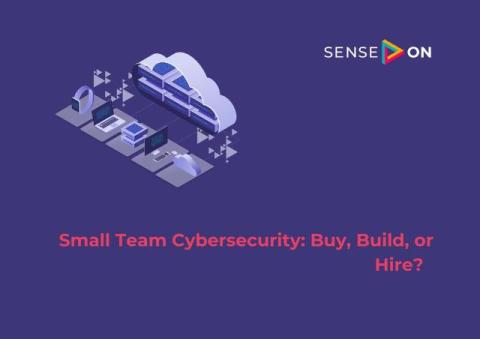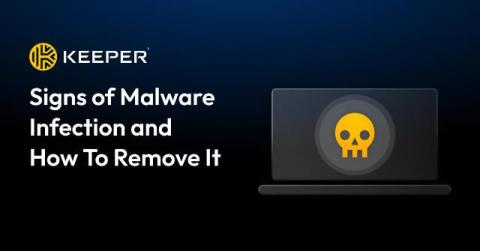How to Spot and Avoid Grandparent Scams
Grandparent scams happen when a cybercriminal impersonates a victim’s family member, such as a grandchild, to convince them that there is an emergency. Despite the name of this scam, the victim doesn’t always have to be a grandparent or grandchild. The primary goal of these scams is to extort money from a victim by pretending that their loved one is in danger.










